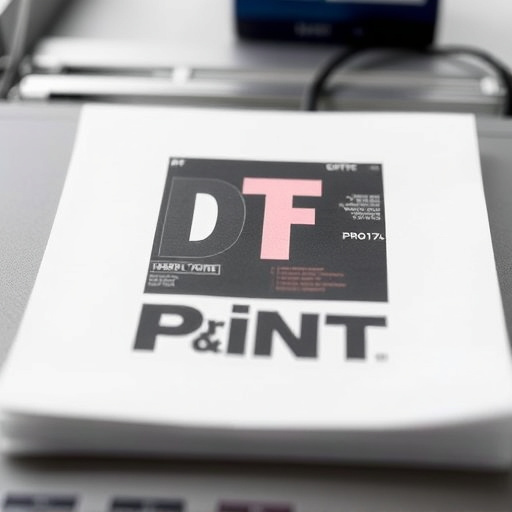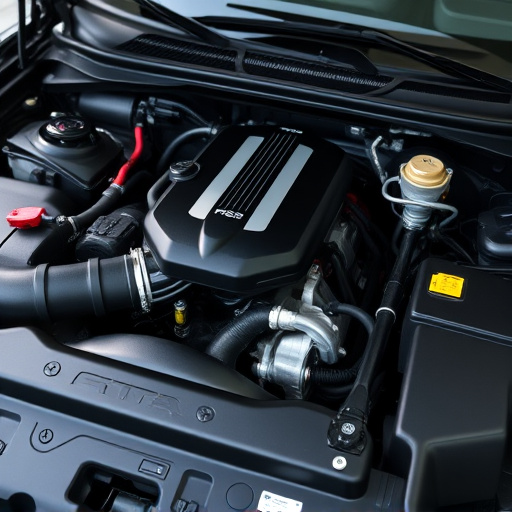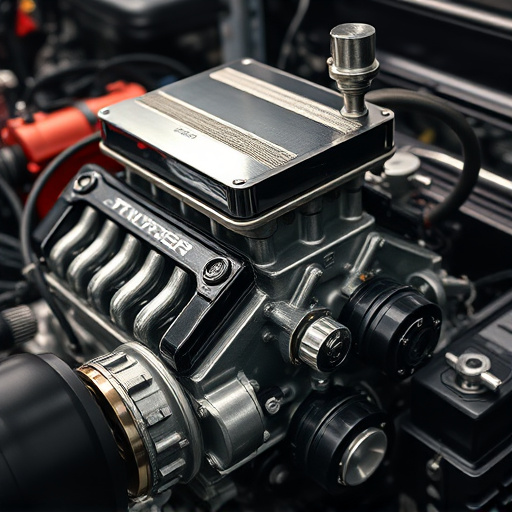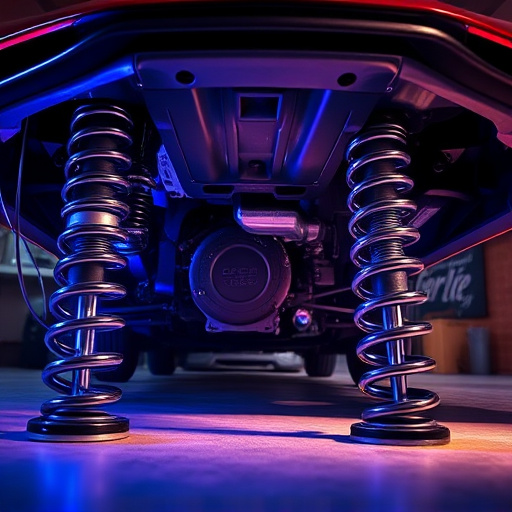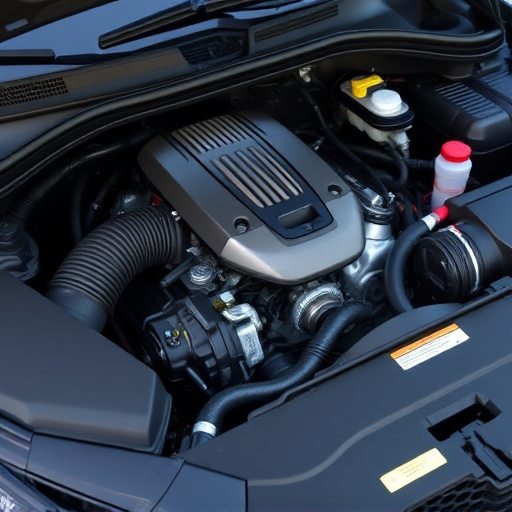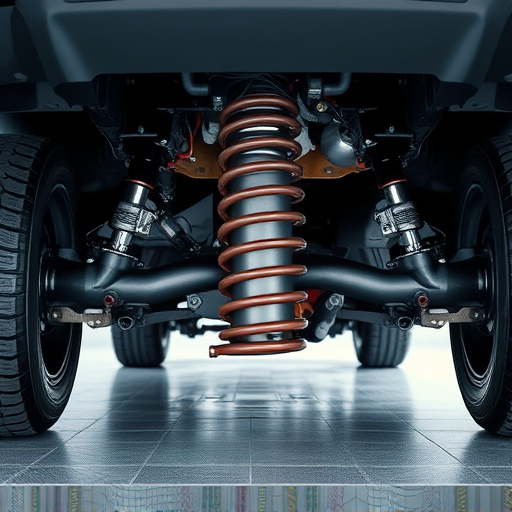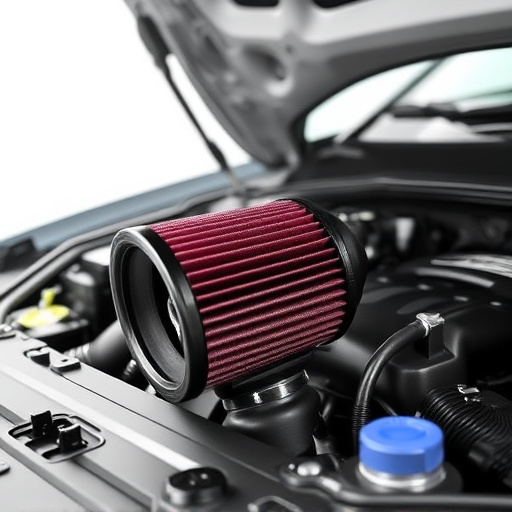Engine tuning optimizes vehicle performance by fine-tuning critical components like spark timing, fuel injection, air intake, exhaust system (including muffler tips), braking system, and air-fuel mixture. Techniques such as upgrading suspension kits and installing high-flow exhaust tips enhance drivability while high-performance brakes improve control. Safety should be prioritized through understanding vehicle mechanics, consulting professionals, setting realistic goals, and regularly testing changes for optimal performance without compromising safety or driveability.
Unleash your vehicle’s full potential with a focus on engine tuning—the art of optimizing performance. This comprehensive guide explores how precise adjustments can dramatically enhance driveability and responsiveness, transforming your everyday commute into an engaging experience. From understanding fundamental concepts to identifying critical components, we empower you with knowledge. Learn safe practices for effective tuning, ensuring a seamless journey without compromising safety. Discover the power of optimization with these insights on engine tuning techniques.
- Understanding Engine Tuning Fundamentals
- Key Components for Optimized Driveability and Responsiveness
- Best Practices for Safe and Effective Engine Tuning
Understanding Engine Tuning Fundamentals
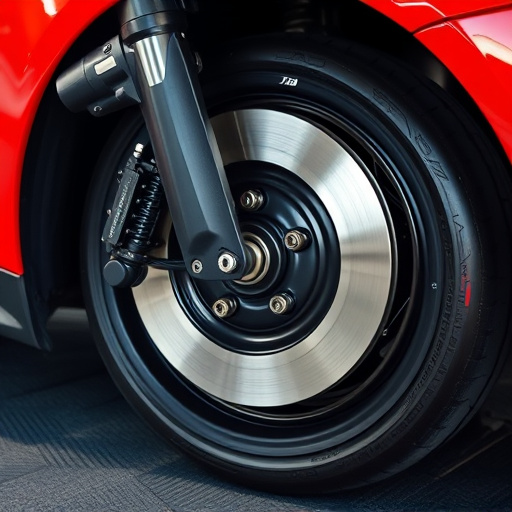
Engine tuning is a complex art that involves fine-tuning various components to optimize performance and driveability. At its core, it’s about balancing power, torque, and efficiency to create a responsive and enjoyable driving experience. Fundamentals include adjustments to the engine’s spark timing, fuel injection, and air intake—all critical elements affecting how the engine burns fuel and generates power.
By modifying these aspects, tuners can enhance acceleration, top speed, and overall responsiveness. For instance, installing high-flow exhaust tips can improve gas flow, while upgrading suspension kits may refine handling dynamics. Even performance brakes play a role in tuning by ensuring precise control during high-performance driving. Understanding these fundamentals is key to navigating the vast world of engine tuning and achieving that perfect balance between power and drivability.
Key Components for Optimized Driveability and Responsiveness
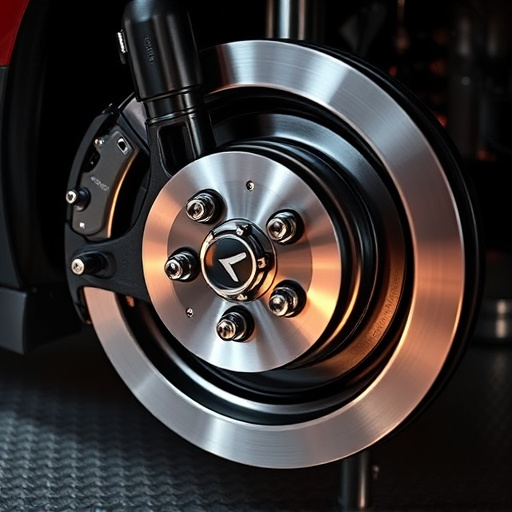
In achieving optimized driveability and responsiveness through engine tuning, several key components come into play. The first is the engine’s air-fuel mixture. Ensuring this is perfectly balanced allows for optimal power generation while maintaining efficient fuel burn. Advanced tuning techniques can fine-tune the air intake, ensuring a consistent and rich flow of oxygen and fuel, leading to smoother performance and enhanced responsiveness.
Another critical area is the exhaust system, including muffler tips. A well-designed exhaust system reduces backpressure, allowing for better engine breathing and increased power output. High-performance muffler tips can enhance sound and further improve engine tuning by promoting faster gas flow. Additionally, the braking system, specifically high-quality brake pads, plays a supporting role in driveability. Properly maintained brakes ensure precise control during acceleration and cornering, contributing to the overall responsiveness of the vehicle.
Best Practices for Safe and Effective Engine Tuning

When engaging in engine tuning, safety should always be the top priority. It’s crucial to begin with a solid understanding of your vehicle’s mechanics and to consult reputable sources or professionals for guidance. Start with realistic goals; don’t attempt drastic changes unless you have the expertise and necessary components like high-quality suspension kits designed for your specific make and model. This approach ensures that any adjustments made enhance performance without compromising safety.
Effective tuning involves a holistic view of your vehicle’s systems, not just the engine. Consider how modifications to exhaust systems or exhaust mufflers can impact overall driveability. For instance, an improperly installed exhaust system could disrupt air-fuel mixture, leading to poor engine responsiveness. Regularly test and monitor changes for optimal results, ensuring that each tweak contributes positively to both performance and safety.
Engine tuning is a powerful tool for enhancing driveability and responsiveness, but it requires a deep understanding of fundamentals and best practices. By focusing on key components like fuel injection, ignition timing, and air-fuel ratio, you can achieve optimal performance while maintaining safety. Always prioritize safe and effective tuning methods to ensure a smooth, responsive driving experience without compromising reliability.

